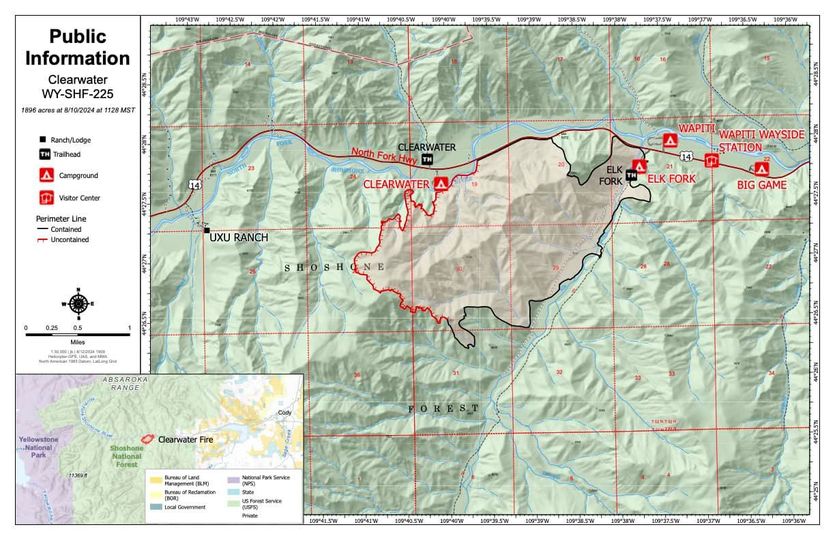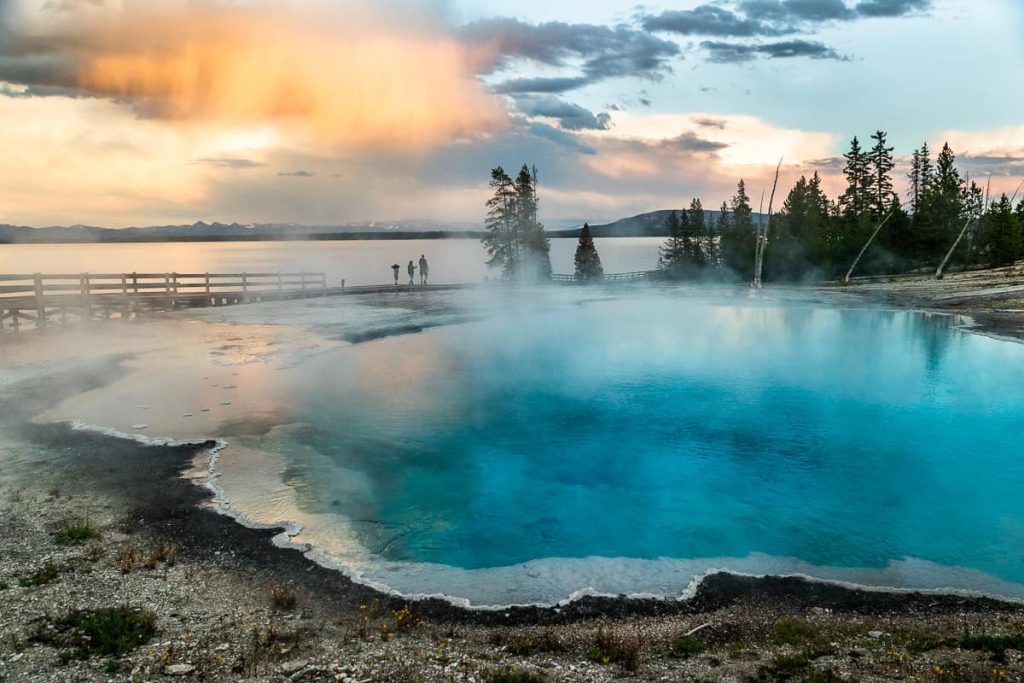Identifying Yellowstone Bears: 4 Differences Between Black Bears and Grizzly Bears
Written by Nick on May 12, 2023
How to Tell Different Species of Yellowstone Bears Apart
Yellowstone National Park is one of the most breathtaking places in the world, especially for those drawn to the region’s distinctive wildlife. But with so many different species, and the fact that you typically see these magnificent animals at a distance, it can sometimes be difficult to tell what you’re seeing.
For wildlife enthusiasts, it’s important to know whether you’ve just seen a moose or an elk; a grizzly bear or a black bear. But when it comes to predators like Yellowstone bears, being able to distinguish between these two species can also be a safety issue.
To help you tell grizzly bears and black bears apart during your Yellowstone adventure, we’ve put together this focused guide about how these species of Yellowstone bears differ and their distintive features.
Here are the best ways to tell Yellowstone bears apart.
1. Grizzly Bears Have a Shoulder Hump
There are several less-than-reliable ways to identify grizzly bears versus black bears, but by far the most dependable way to tell what kind of Yellowstone bear you’re looking at is the shoulder hump found on grizzly bears.
Grizzly bears dig frequently, turning over rocks and pawing at logs, so they have powerful shoulder muscles. These muscles form a hump between each bear’s front shoulders, and this hump is the highest point on a grizzly bear’s body.
All humps are not created equal. Some grizzly bears will have less pronounced shoulder humps, but even smaller humps are still the highest point on the bear’s body.
Black bears don’t have any shoulder hump. That means that when a black bear stands on all fours, the highest point on its body will be the middle of its back or its hind end. This may vary based on each bear’s stature and posture, but you will never see a hump on a black bear.
2. Black Bears Have Straighter, Flatter Facial Profiles
Imagine you’re looking at a Yellowstone bear’s head from one side, so you’re seeing the profile of the bear’s face.
Grizzly bears have a concave facial profile. If you were to trace a line from between the bear’s eyes down along its snout to the end of its nose, you’ll notice a downward curve or dip.
On the other hand, black bears have faces that look more like dogs. They’re flatter and straighter, in part because black bears have shorter fur.
For black bears, the nose appears to emerge in a fairly linear, natural way from the bear’s heaed. Grizzlies, on the other hand, have a snout that’s typically more distinct from the rest of its face.
Grizzly bears also have broader muzzles and fur that appears to be fuzzier, which is partly why they got the “grizzled” moniker in the first place.
3. Yellowstone Bears Have Different Ears
With their longer, fuzzier-looking fur, grizzly bears have ears that appear smaller relative to their head size. They also have ears that are rounder than black bears’ ears.
Meanwhile, black bears have ears that look more pointed. Their ears are also longer, more pointed, and stand up more prominently.
This feature is ranked third on our list of distinguishing features among Yellowstone bears because the ears can be more difficult to see and judge than the preceding two factors.
Still, ears are an important feature to consider. Remember, determining which of these two Yellowstone bears you’re looking at requires considering all information in front of you, not just a single feature.
4. Grizzly Bears Have Longer Claws
Before we discuss the differences between the claws of these Yellowstone bears, a quick note: If you can see the claws of a grizzly bear or black bear, you’re too close and need to back up immediately.
You should never, ever be within 100 yards of a bear or wolf when you’re in Yellowstone National Park. No exceptions.
Still, the front claws of these bears are where you’ll notice pronounced differences between the two species.
Grizzly bears have claws that can be longer than a person’s finger, usually two to four inches in length. They’re ideal for taking down small prey, excavating roots, or digging a den for the winter.
The claws of black bears are shorter and curve more sharply. They’re typically less than two inches long and are suited for tree climbing or opening up decaying logs, where black bears will feast on insects.
There are a few other ways to tell Yellowstone bears apart, including color and body size. However, because these factors are so unreliable, we aren’t going to get into them in this guide.
Our intent is to help you stay safe and enjoy your trip to Yellowstone, so we decided to focus on the most dependable ways to tell these two species of Yellowstone bears apart.
Remember, all of Yellowstone National Park and the surrounding area is bear country. Whether you’re purposefully trying to see a bear or not, these crucial bear safety tips are well worth your time.



